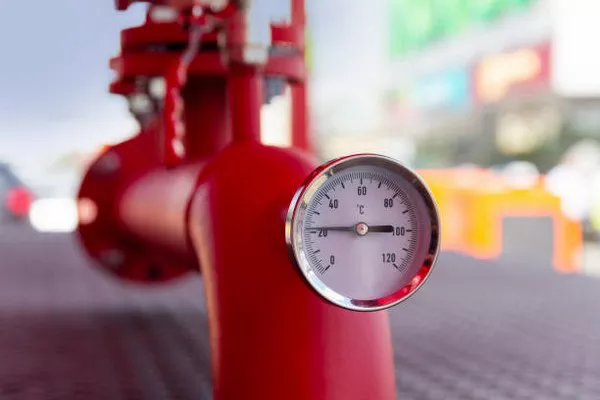Digital barometers play a crucial role in meteorology, aviation, and various industrial applications by providing accurate and real-time measurements of atmospheric pressure. These devices have evolved significantly from traditional mercury barometers to sophisticated digital instruments that leverage advanced technologies for precision and reliability. In this article, we will explore the fundamental principles behind digital barometers, their components, and the technology that enables them to measure atmospheric pressure with high accuracy.
Historical Context: The Journey from Mercury to Digital Precision
The concept of measuring atmospheric pressure dates back to the 17th century when Evangelista Torricelli invented the mercury barometer. This device relied on the height of a mercury column in a sealed tube to indicate changes in atmospheric pressure. While effective, mercury barometers had limitations, such as toxicity and the inconvenience of handling a liquid. Over time, advancements in technology paved the way for digital barometers to replace their analog counterparts.
Fundamental Principle: Atmospheric Pressure and Barometric Formula
Atmospheric pressure is the force exerted by the air above a given area on the Earth’s surface. The barometric formula, developed by Daniel Bernoulli, describes the relationship between atmospheric pressure and altitude. It states that atmospheric pressure decreases with increasing altitude. Digital barometers utilize this principle to measure pressure variations and provide accurate readings.
Components of Digital Barometers
Digital barometers consist of several key components that work together to measure atmospheric pressure:
a. Pressure Sensor: The core component of a digital barometer is the pressure sensor, which detects changes in atmospheric pressure. Microelectromechanical Systems (MEMS) technology is commonly employed to create highly sensitive sensors that can accurately measure even subtle pressure changes.
b. Temperature Sensor: Since atmospheric pressure is influenced by temperature, many digital barometers incorporate a temperature sensor. This allows the device to compensate for temperature variations and provide more accurate pressure readings.
c. Processor: Digital barometers are equipped with a microprocessor that processes the data from the pressure and temperature sensors. This component is essential for performing calculations, compensating for environmental factors, and converting the raw data into meaningful pressure readings.
d. Display: The output of a digital barometer is typically displayed on an electronic screen. This display may show the pressure in various units, such as inches of mercury (inHg) or hectopascals (hPa), providing users with a clear and readable measurement.
Technology Behind Digital Barometers
Modern digital barometers leverage cutting-edge technologies to enhance accuracy and reliability. Some of the key technologies include:
a. MEMS Technology: MEMS-based pressure sensors use microscopic structures to detect pressure changes. These sensors are highly sensitive and compact, making them ideal for integration into digital barometers.
b. Calibration Algorithms: To ensure accurate readings, digital barometers employ sophisticated calibration algorithms. These algorithms account for environmental factors, sensor drift, and manufacturing variations, providing users with precise and reliable pressure measurements.
c. Digital Signal Processing (DSP): Digital barometers use DSP techniques to filter and process the sensor data. This helps eliminate noise and interference, allowing the device to produce stable and accurate pressure readings.
d. Connectivity Features: Many modern digital barometers come equipped with connectivity features, such as Bluetooth or Wi-Fi, enabling users to access real-time pressure data remotely. This is particularly valuable in applications like weather monitoring and data logging.
Applications of Digital Barometers
Digital barometers find applications across various industries, thanks to their accuracy and versatility. Some notable applications include:
a. Weather Forecasting: Meteorologists use digital barometers to monitor changes in atmospheric pressure, helping predict weather patterns and severe weather events.
b. Aviation: Aircraft rely on precise pressure measurements for altitude control and navigation. Digital barometers play a critical role in providing accurate altitude information to pilots.
c. Industrial Processes: Digital barometers are employed in industrial settings to monitor and control processes that are sensitive to changes in atmospheric pressure.
d. Consumer Devices: Barometric sensors are increasingly integrated into consumer devices, such as smartphones and smartwatches, to provide users with altitude information and enhance location-based services.
See Also How Does A Digital Barometer Work? A Comprehensive Overview
Conclusion
Digital barometers have come a long way from their historical counterparts, offering precise and reliable measurements of atmospheric pressure. Leveraging advanced technologies such as MEMS sensors, calibration algorithms, and digital signal processing, these devices play a vital role in meteorology, aviation, and various industrial applications. As technology continues to advance, digital barometers are likely to evolve further, providing even greater accuracy and expanding their range of applications in the years to come.

